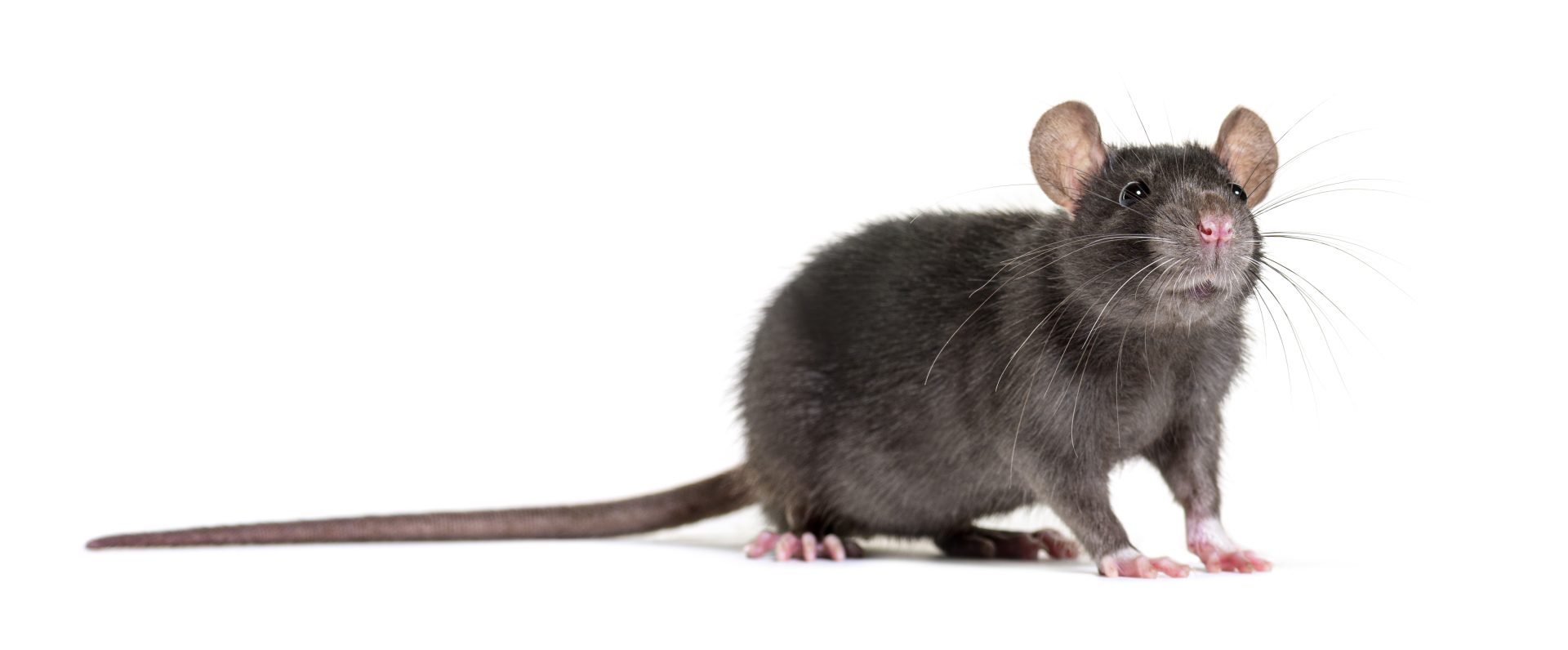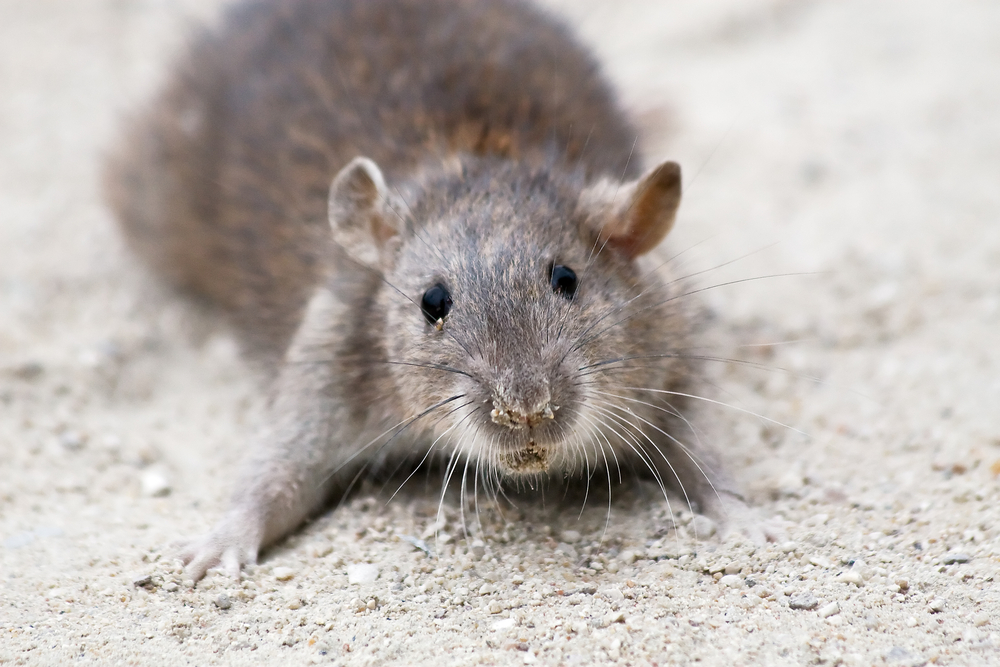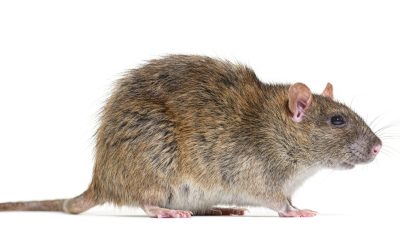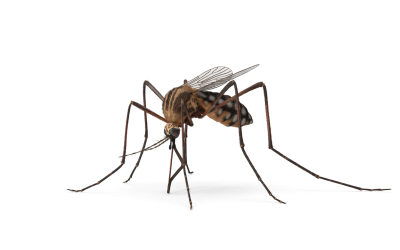Palm rats, also known as roof rats, are prevalent in Florida and can give you quite the scare if you encounter one.
If you experience palm rat or roof rat infestation, it’s helpful to know what to do so you can get rid of these pests immediately.
What are palm rats?
Palm rats are a type of rodent found mostly in tropical areas like Florida. They are agile climbers and nest in tree branches particularly the palm tree, thus earning them their name. Their main food source is fruit and occasionally they move into buildings through cracks and vents finding new homes in roofs, storage rooms, and other parts of your house.
If you have palm trees or other fruit trees on your property, palm rats can easily make it into your house and cause havoc. Hearing noises in your ceiling or attic and seeing rat droppings is an obvious sign of their presence inside your home.
What do palm rats look like?

Palm rats are dark-colored and can be grey, brown, or black with light-colored bellies. They have scaly tails that are longer than their entire body.
Palm rats: size
These rodents measure 13 to 18 inches in length. They are small and can jump as far as eight feet.
What do palm rats eat?
Palm rats eat vegetables, fruits, and grains. They can be attracted to your garbage can and other leftover food when they are indoors so you would want to keep food items in containers with tight-fitting lids and dispose of leftover food properly.
Palm rat nest
Instead of living in a hole, palm rats build nests, they love to make them within palm trees. They like to live covered by thick shrubs deep within trees or around electric wires and fences covered with plants at the levels of buildings. If they get into a house, they would usually live within roofs or can be found in storage rooms and other hidden places.
Palm rats often favor thick vegetation for their nesting and also love to nest within wood piles or piles of trash and high up in trees where they have easy access to food or access to buildings. If you have trees on your property, you could be at risk of getting a palm rat infestation. Keeping your home free of vegetation and other food sources like trash and piles of wood is a great way to prevent palm rats from finding nesting materials on your property.
Areca palm rats
Areca palms in themselves do not attract rats. Just like spider mites and mealybugs, rats may visit your areca palm for its seeds or fruit, are they are seeking potential food sources. However, there’s a higher chance of getting rats on your areca palm if the surrounding area is untidy. Roof rats are looking for cluttered spaces to nest. This can include leaf piles or piles of debris around the areca palm. Similarly, overwatering the areca palm can lead to water gathering around it which then attracts rats. It’s best to take proactive measures like keeping the soil around your areca palm dry and tidy. That would lower the chances of the palm becoming a water source for rats.
Palm rats in the attic
Since palm rats have access to higher areas of nearby houses, don’t be surprised if you find one in your attic. Given that these rats are agile rodents, you may find it difficult to identify them on the spot. By the time you start hearing noises in the attic, they are likely around 5 to 10 within your home. This will require you to set at least 12 traps for chances of catching these rats. Rat poison could kill some of them but there would certainly be escapists and there’s no knowing where they will die. The foul smell of dead rats could follow for days while you search frantically for decomposing rats. Not only are palm rats dangerous to your property, but they can also spread dangerous diseases. If palm rats destroy your electrical wires, you could also become at risk of structural damage and fire hazards. The best thing for you to do is to call a pest control company to remove roof rats immediately.
Looking for rat removal in West Palm Beach?
If you need to remove palm rats from your property, our pest removal services at Shoreline Environmental Pest Solutions can benefit you. We are a rodent control company with the technical requirements for safely removing palm rats from your property. We would be happy to help exterminate these pests. Book your appointment with us today so we can take a look at the situation on your property and deal with any rodent infestation you might have!





0 Comments